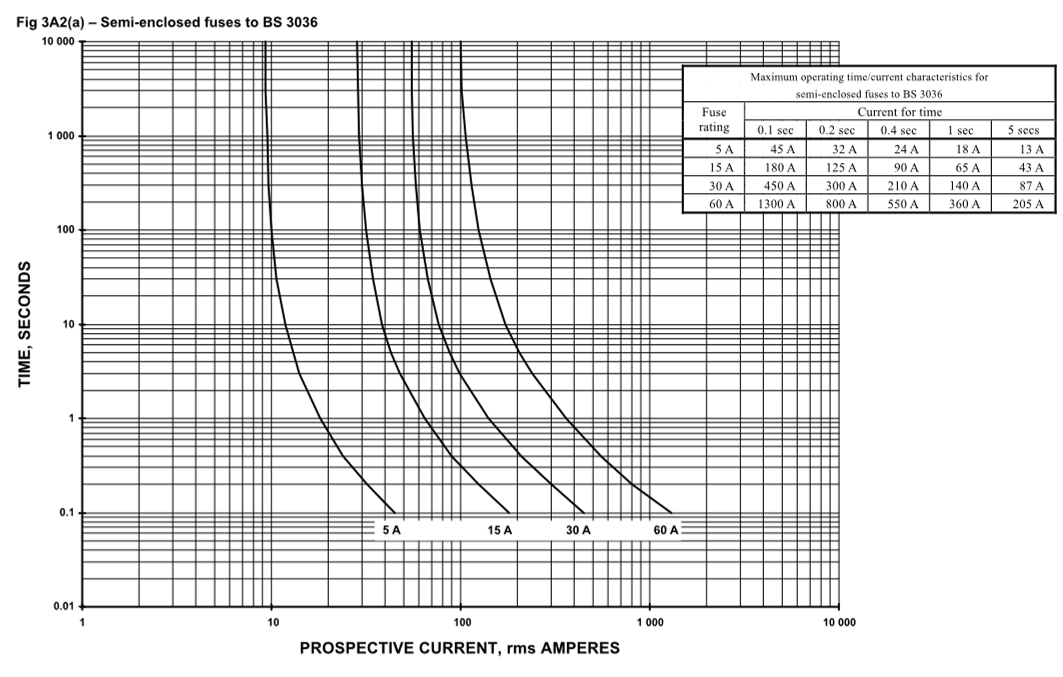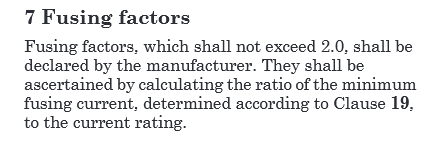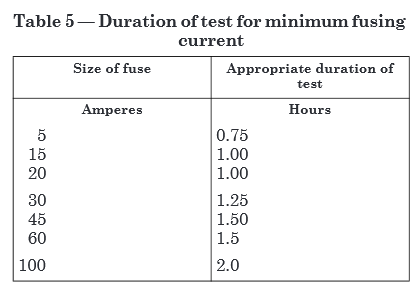As per the requirements of BS 7671, a circuit breaker may take up to one hour to trip when subjected to a current of approximately 1.45 times its rated current. In such cases, we would like to clarify whether the associated cable is also designed to withstand 1.45 times its continuous current-carrying capacity for the same duration without degradation or thermal damage.
Is this aspect covered in any cable standards (such as BS 6004, IEC 60287, or IEC 60364) or specified in cable manufacturer datasheets?
We seek clarification on whether:
-
The cable’s short-term thermal endurance aligns with the breaker’s tripping characteristics.
-
Manufacturers consider this 1.45 × In scenario when defining safe operational limits.
Any references or guidelines from standards or datasheets that confirm the cable's ability to tolerate such overloads for a limited duration would be helpful.


